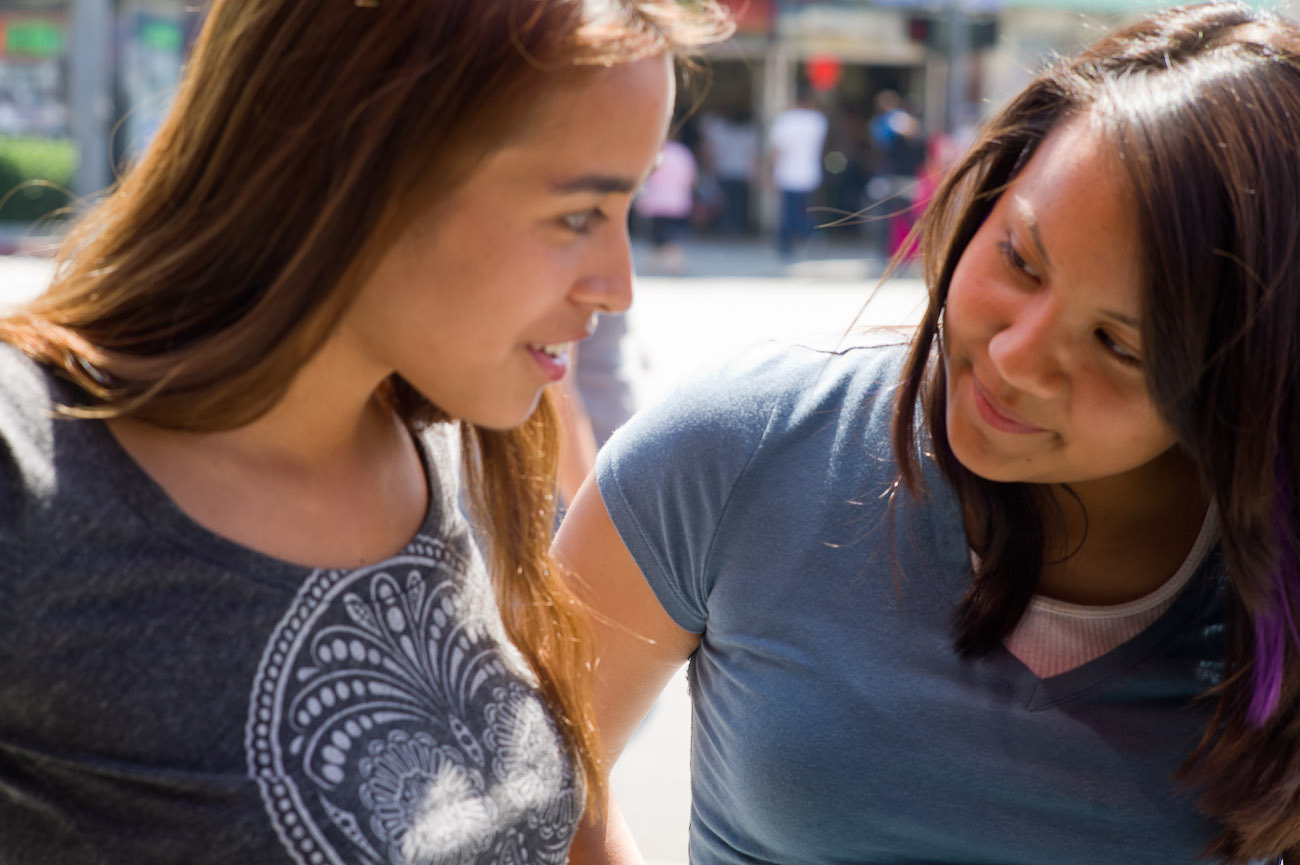When Mosquita y Mari was first released in August 2012, it was an instant hit in the indie film world. Not only was it shown at over 100 film festivals throughout the U.S. and Mexico, but it also garnered multiple awards and nominations, and it’s not hard to see why. Written and directed by queer Chicana filmmaker Aurora Guerrero, the coming-of-age film follows the title characters as they grow up in a lower-income neighborhood in Los Angeles. As they struggle to break their families’ cycles of poverty, instability, and missed educational opportunities, Mosquita and Mari explore their mutual affection and attraction for each other. Back in 2012, Guerrero’s feature film debut seemed destined to become part of the mainstream Latinx and LGBTQIA+ film canons, poised to stick around as a dedicated love letter to both vibrant communities.
But ten years later, I can mention the film in passing and be met with only blank stares rather than recognition. And, it’s often left out of the conversation whenever iconic Latinx films are brought up – like Selena, Fools Rush In, Stand and Deliver, etc. But films featuring entirely Latinx casts are few and far between, and Mosquita y Mari, in particular, made strides for Latinx LGBTQIA+ representation. It laid the path for Gentefied, Love, Victor, One Day at a Time, Pose, and Crush?
[In Mosquita y Mari] there are no sex scenes, no hypersexualization of these teen girls, nothing that implies a male gaze.
Don’t be fooled by Mosquita y Mari’s low-budget feel – for me, the handheld camera quality, the graininess, the repeated use of locations, and the simple hair, make-up, and clothing, they all contributed to the film’s feeling of authenticity, vulnerability, and intimacy. I felt like a real part of Mosquita and Mari’s real lives, from the suffocating atmosphere of school and home, to their freedom with each other in abandoned car lots. Seeing them walk the familiar streets of East L.A. where I’ve grown up, rather than the whitewashed version of the city we’ve been fed by the media for decades, made for a powerful and emotional viewing experience. How many other films take the time to depict real Angelenos in the area? How many make laundromats, passport photo centers, and quinceñera dress shops feel important?
Throughout the film, the girls each operate as echoes of the other, though they each move through the world under very different circumstances. Mosquita, whose real name is Yolanda, is under pressure to keep up her grades and go to college to satisfy her parents’ wishes. Mari, meanwhile, tries to break her family’s cycle of poverty and instability, blowing off school and taking on any job that’ll pay her. Still, the two find common ground in music, their hopes and dreams for the future, and their silent, mutual attraction to each other.
Because everything is so subtle and understated, there’s no real established plot. Instead, I’d describe this film as a scrapbook of moments stitched together to create a quiet, understated story of female friendship and queer intimacy. At one moment, the girls listen to Mari’s Walkman while walking to school. The next, they lay against the roof of a car and daydream about what will happen to them in the future. For once, Chicana voices are allowed to hold the mic and speak at full volume.
Even though it’s been a decade, it’s never too late to finally see this film, honor Guerrero’s work, celebrate the beauty of queer Chicanas, and advocate for even more of our stories to be told.
From enemies brought together by an incident at school, to best friends, to something more that’s not quite defined, there’s never any pressure to define their relationships. One of the most beautiful sequences in the whole film is when Mosquita coaxes Mari into a dance, falls asleep, wakes up to Mari pulling a blanket over her, cuddles with her, and tenderly touches her stomach with a hand. That’s the extent of their intimacy – there are no sex scenes, no hypersexualization of these teen girls, nothing that implies a male gaze. Instead, they are allowed to remain in this gray area of uncertainty, where their attraction is undeniable but also unlabeled.
As a queer Chicana myself, seeing that was something I could’ve benefitted from during adolescence when all I wanted to do was know exactly who I was and adopt all the labels I could. But here, there’s never a forced coming-out moment, only the acknowledgment that the girls are growing up and learning more about themselves and each other.
Even though it’s been a decade, it’s never too late to finally see this film, honor Guerrero’s work, celebrate the beauty of queer Chicanas, and advocate for even more of our stories to be told. Mosquita y Mari is a special, one-of-a-kind gem for our community. We should honor it as such.

